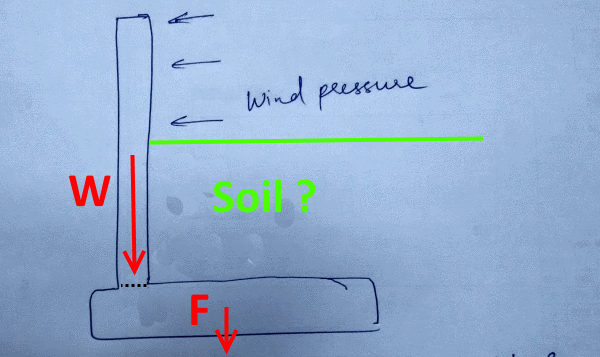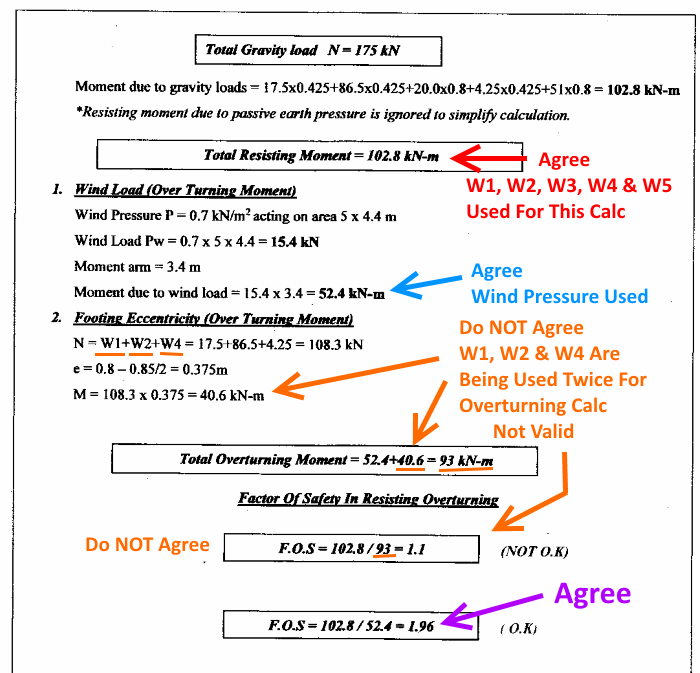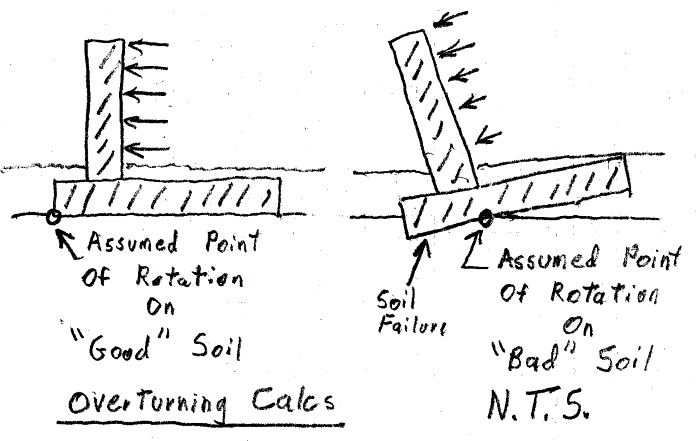precast123
Structural
Hi
In calculating sum of overturning moment, apart from wind load or soil back fill load, should I have to consider Moment due to eccentricity of foundation? Please see attachment.
I think Mw + Nxe I should consider when calculating stresses under foundation.
Mw = Moment due to wind load
N = Weight of Wall
e = eccentricity of wall (distance from center of footing to center of wall)
Thanks
In calculating sum of overturning moment, apart from wind load or soil back fill load, should I have to consider Moment due to eccentricity of foundation? Please see attachment.
I think Mw + Nxe I should consider when calculating stresses under foundation.
Mw = Moment due to wind load
N = Weight of Wall
e = eccentricity of wall (distance from center of footing to center of wall)
Thanks


![[idea] [idea] [idea]](/data/assets/smilies/idea.gif)
![[r2d2] [r2d2] [r2d2]](/data/assets/smilies/r2d2.gif)

